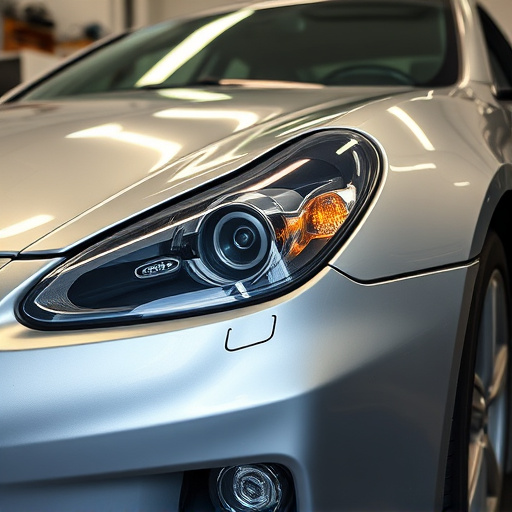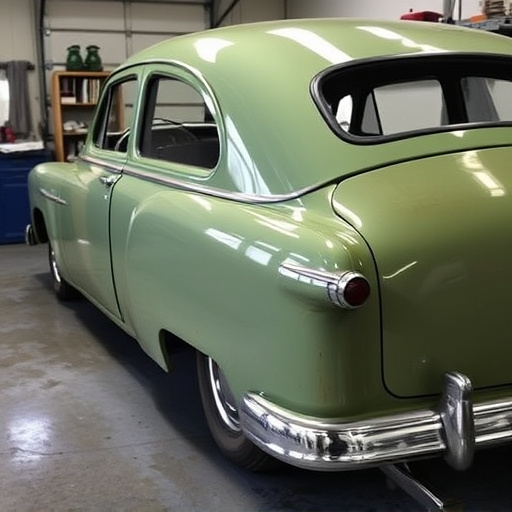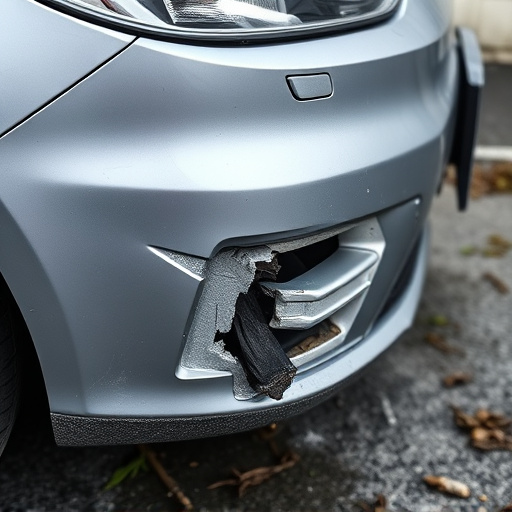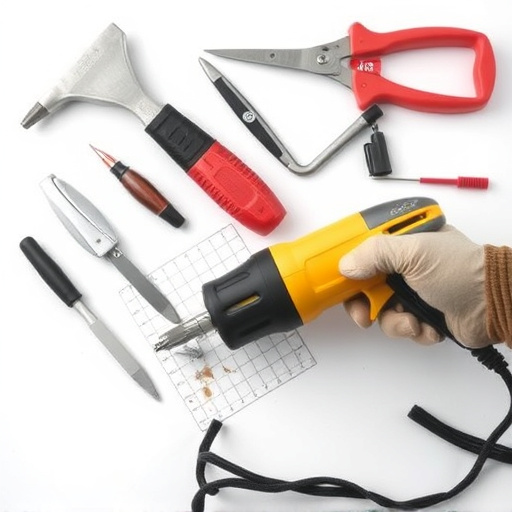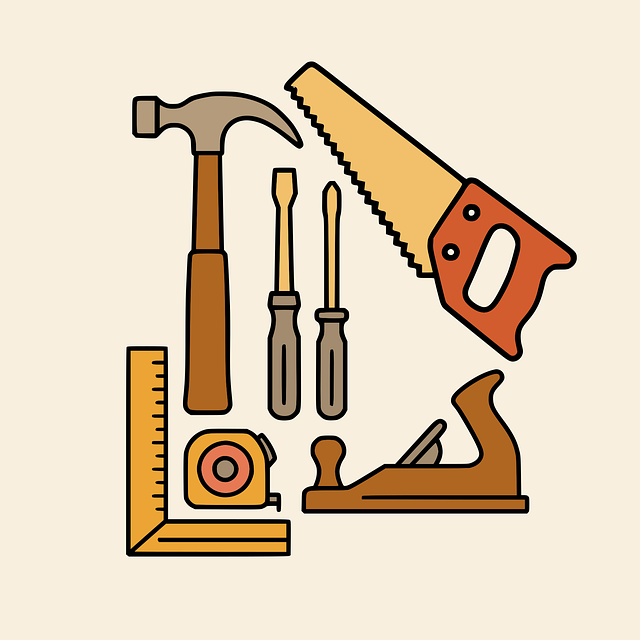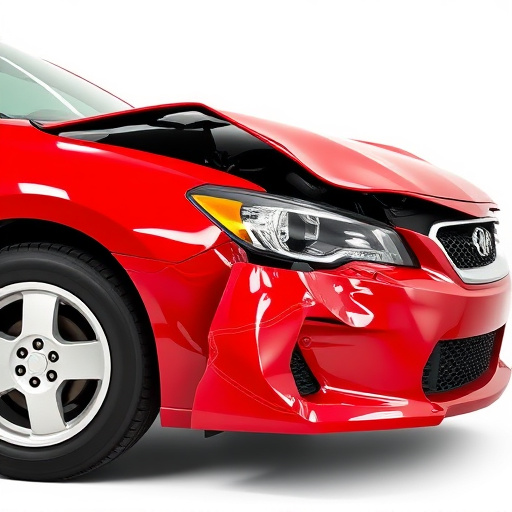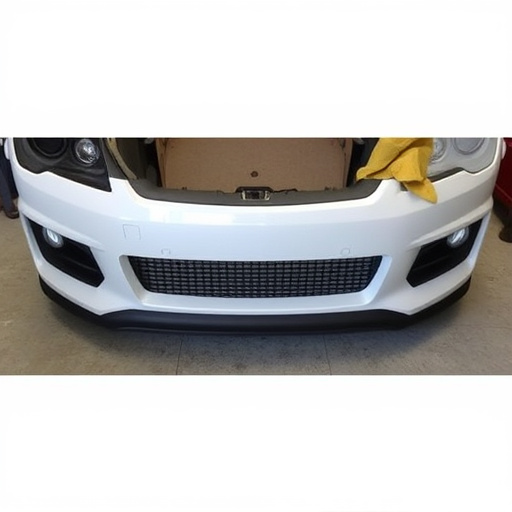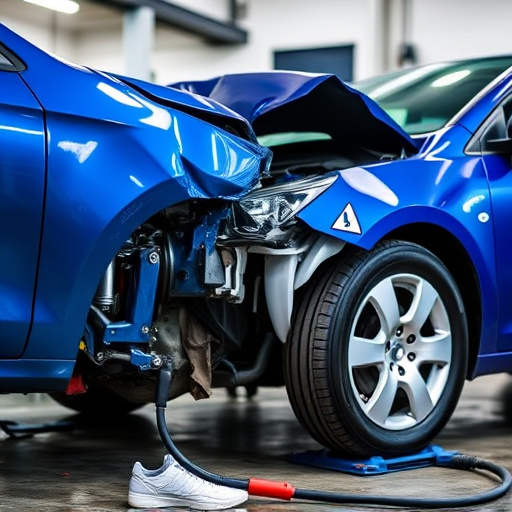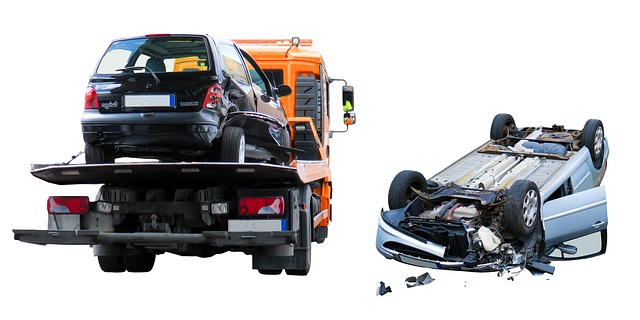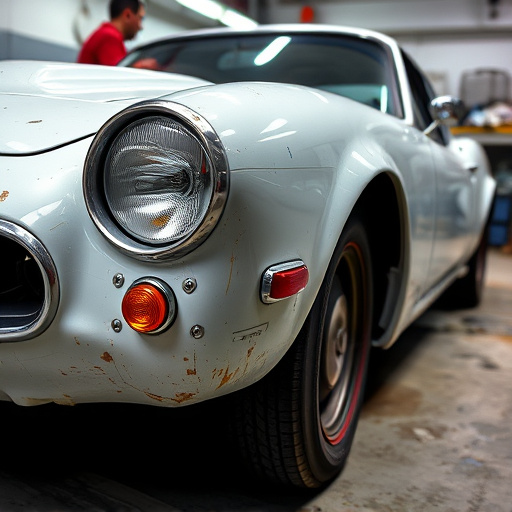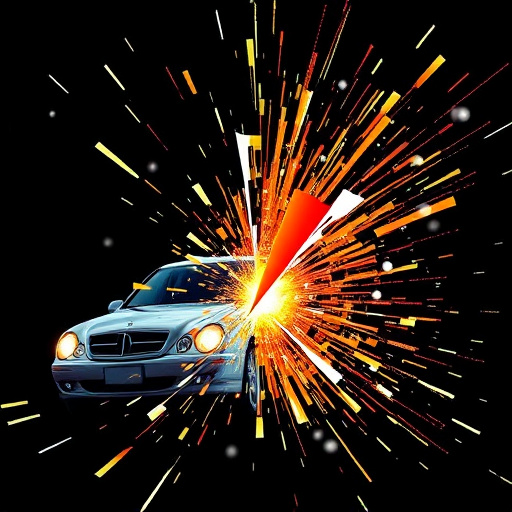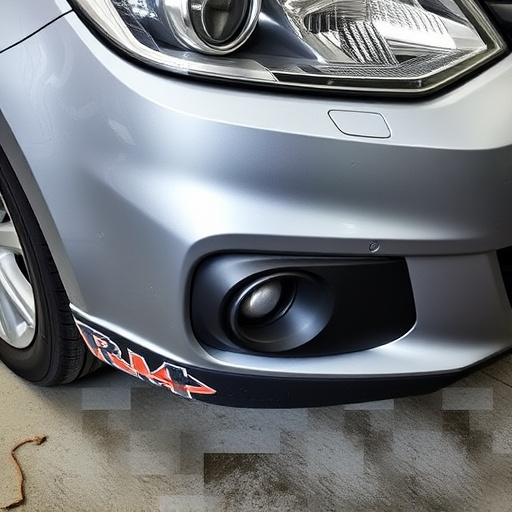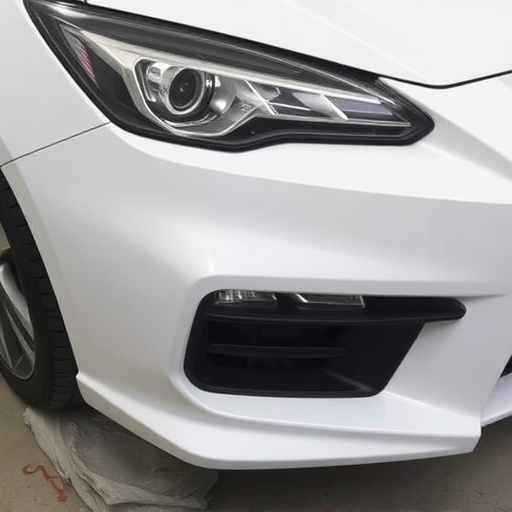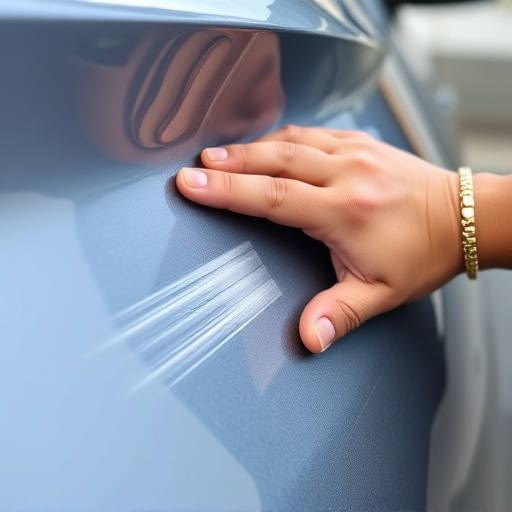Tesla's suspension alignment is vital for both vehicle performance and Autopilot functionality. Regular checks and adjustments ensure optimal wheel alignment, enhancing traction, reducing tire wear, and improving collision repair outcomes. This meticulous process aligns with Autopilot's critical sensors, ensuring accurate steering, lane detection, and distance judgment, thereby refining the overall driving experience while minimizing the need for dent removal or scratch repair services.
Tesla’s advanced Autopilot system relies heavily on precise suspension alignment. This introduction delves into the intricate world of Tesla’s suspension system and its direct impact on Autopilot accuracy. We’ll explore how wheel alignment influences autonomous driving performance, offering insights through real-world testing and adjustments. By understanding these connections, Tesla owners can optimize their vehicles’ autonomy, ensuring a safer and more seamless driving experience.
- Understanding Tesla's Suspension System
- The Role of Alignment in Autopilot Performance
- Optimizing Autonomy: Testing and Adjustments
Understanding Tesla's Suspension System
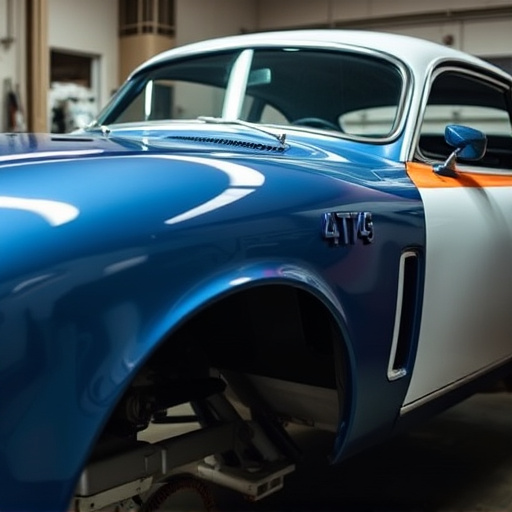
Tesla’s suspension system is a complex network designed to provide both comfort and stability. At the heart of this system lies its advanced alignment technology, which plays a crucial role in maintaining optimal vehicle performance and safety features like Autopilot. The brand employs precision engineering to ensure every component, from shock absorbers to control arms, functions harmoniously. This meticulous design allows for seamless integration with Tesla’s Autopilot system, enabling accurate steering and smooth, responsive handling.
Understanding the intricacies of Tesla suspension alignment is key to appreciating the overall driving experience. Proper alignment ensures that wheels are correctly positioned relative to each other and the vehicle’s body, resulting in enhanced traction and reduced wear on tires. Moreover, it directly impacts the effectiveness of collision repair services and auto body repairs, as misaligned components can contribute to structural damage. Therefore, regular checks and adjustments are recommended to keep Tesla’s advanced safety systems functioning at their best, ensuring both a seamless driving experience and minimizing the need for costly dent removal services.
The Role of Alignment in Autopilot Performance

The precision and stability of a Tesla’s suspension alignment play a pivotal role in the performance and accuracy of its Autopilot system. A well-aligned vehicle ensures that all wheels are in perfect harmony, allowing for seamless control during autonomous driving. This is crucial for Autopilot to accurately judge distances, detect lane markers, and maintain a safe speed—all essential functions for a smooth and secure automated experience.
When the suspension alignment deviates, it can lead to handling issues, affecting the overall performance of Autopilot. Misalignment may cause sensors to receive inconsistent data, making it difficult for the system to accurately perceive its surroundings. Regular checks and adjustments at a reputable collision repair shop or automotive restoration center are essential to maintaining optimal alignment, thereby enhancing the accuracy and reliability of Tesla’s Autopilot technology.
Optimizing Autonomy: Testing and Adjustments
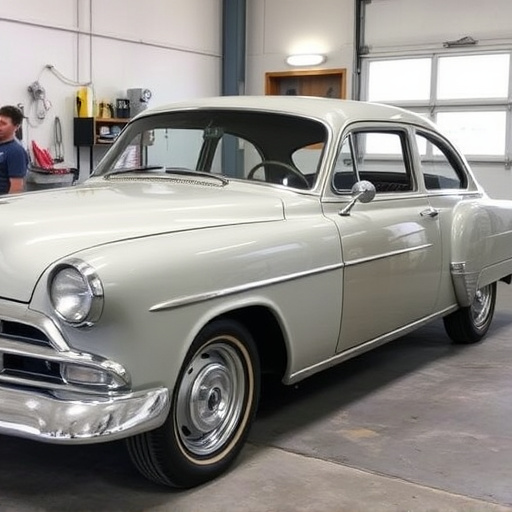
Optimizing Autonomy: Testing and Adjustments
Tesla’s advanced Autopilot system relies heavily on precise suspension alignment for accurate navigation and safe driving. Regular testing and adjustments of the vehicle’s suspension settings are crucial to ensuring optimal performance, especially as road conditions change throughout the year. By fine-tuning the Tesla suspension alignment, drivers can expect enhanced stability during turns, improved ride quality over uneven surfaces, and more reliable Autopilot functionality.
These adjustments go beyond mere aesthetics; they directly impact the car’s ability to execute complex maneuvers autonomously. Scratch repair or auto body services might be required if improper suspension alignment has led to accelerated wear and tear on the vehicle’s exterior. However, focusing on preventive maintenance through regular testing can save time and money in the long run, ensuring your Tesla not only drives smoothly but also operates its Autopilot features with maximum accuracy.
Tesla’s cutting-edge Autopilot system relies heavily on precise suspension alignment for optimal accuracy. By understanding how the vehicle’s suspension works in conjunction with Autopilot, owners can ensure their cars are set up for maximum performance and safety. Regular testing and adjustments to suspension alignment can significantly enhance the overall autonomy experience, making Tesla vehicles even more advanced on the road.
